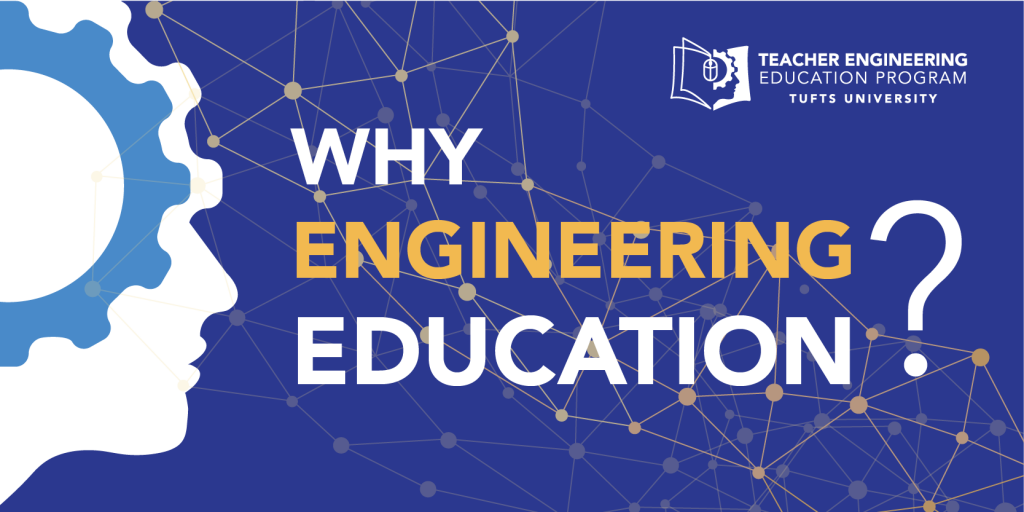Why Engineering Education?

Why Engineering Education?
While we might not reflect on them often when life gets busy, we’ve all had experiences that we’ll remember forever. Experiences that were so consuming we didn’t want them to end. So fulfilling that the rush they provided didn’t wear off for a long time. Maybe it was that backpacking trip through Europe with your cousins, or flying an airplane for the first time. Perhaps your team won the state championship after months of hard work, or you played Sandy in your college’s production of Grease to rave reviews.
If you think about it, all of your most memorable, impactful life events had a few things in common. They were immersive, active, whole-body experiences requiring your brain and your hands. They were challenging – just the right amount of difficulty, and at a time in your life when you could best absorb it. They provided a platform for combining all of your knowledge with your natural perseverance, collaboration, and critical thinking skills. They built confidence, inspiring you to creatively imagine what you’re capable of next.
Teachers provide these experiences all the time, but maybe not every day, and maybe not always intentionally. What if your classroom and instruction was designed to ignite these feelings in students at every turn? What if they discovered learning in a whole new way, empowered to do, create, and collaborate – and they retained it for the rest of their lives?
Educators already have a lot on their plates, though. To start, addressing state and Next Generation Science Standards, incorporating district requirements, finding budget for hands-on projects, and honestly – getting through the day with a feeling of progress. Despite evidence that hands-on education improves engagement and comprehension, it’s understandable if teachers feel that transforming their K12 classroom into an interdisciplinary hands-on wonderland that inspires kids to change the world is almost out of reach. Until you think about it like an engineer, that is.
Approaching K12 teaching and learning with an engineering mindset does more than change your outlook. It infuses your lessons with the hands-on experiences that engage all kinds of students, teaches them how to fail and try again, instills a desire to think in teams and solve challenges together, and gives them the all-important opportunity to see the ideas in their minds come alive in their hands. Students who don’t like science will use it to launch a rocket they made themselves. Students who say math and coding isn’t for them will combine the two to build and program robot. Suddenly, school is the place to be for those experiences that give them the confidence to excel and be inspired, and it’ll stick with them the rest of their lives.
For the K12 teacher, engineering education can solve a lot of challenges on the quest to teach, instill knowledge, and inspire. Built on defined processes, engineering lends the structure teachers need to organize lessons, evaluate outcomes, and keep the classroom running smoothly while allowing for the flexibility required to facilitate so many open-ended hands-on projects. The process encourages experimentation, enables teachers to approach standards and requirements in new ways, and, in the end – brings all subjects together into immersive lessons that break the mold and produce results with lasting impact.
And the good thing is that any teacher can become an engineering educator. It doesn’t matter if your background is in reading or social studies – what matters is your mindset. Successful K12 engineering education programs are alive and well across the US, started by teachers just like you. But you have something they didn’t have – HELP.
Tufts University’s new online Teacher Engineering Education Program is designed for busy teachers who want to transform their classrooms with engineering education in only 18 months. It provides the background and tools needed to teach with engineering, gives the support and affordability needed for time-deprived and budget-constrained practicing educators, comes complete with the hands-on materials needed (including LEGO robotics!), and delivers credibility with 16 hours of graduate credit from the university that pioneered the field of K12 engineering education and research. How’s that for help?!
0 Comments